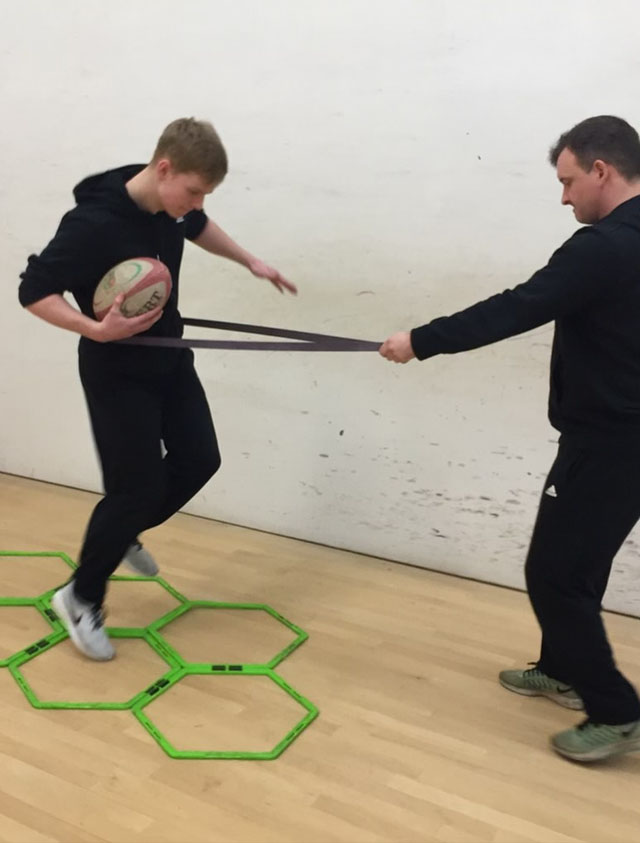The Flexibility Conundrum in Fitness
In the pursuit of fitness, a common question arises: Does getting fit make you less flexible? The answer is yes, if your trainer overlooks the importance of how your body is meant to move. Understanding flexibility is key in fitness, but it’s often misunderstood.
Redefining Flexibility
Traditionally, flexibility has been defined as the ability to bend easily without breaking. However, this definition doesn’t fully capture the complexity behind flexibility. It’s more than just the physical ability to stretch muscles; it involves the brain and the central nervous system, along with the physical tissues and skeletal structure.
The Role of the Brain and Central Nervous System
Your range of motion is largely governed by your brain and central nervous system. While muscle tissues and skeletal structure play a role, they are not the sole determinants of flexibility. Since we can’t alter our skeletal structure, the focus shifts to the other two elements.
Common Misconceptions about Improving Flexibility
Many traditional methods, such as static or ballistic stretching and yoga, aim to lengthen muscles by extending limbs. However, these methods often result in a temporary increase in flexibility due to the nervous system’s response, rather than a change in muscle physiology. It’s helpful to think of stretching as a form of slow movement.
Training for Enhanced Flexibility
At MFT, we recognize that conventional training often limits range of motion, causing the nervous system to restrict flexibility. To counter this, we incorporate exercises in both long and short ranges, often using tri-planar movements. This approach, similar to that used by gymnasts and ballet dancers, encourages the nervous system to allow a greater range of motion.
Embracing Long Range Movements
By working in long ranges, muscles experience a full stretch and contraction, leading to improved flexibility. Our bootcamps focus on creating movement tasks and games that encourage the body to naturally extend its range, rather than forcing it.
Responding to the SAID Principle
Your body adapts to the demands you place on it, as described by the SAID (Specific Adaptation to Imposed Demands) principle. Consistently working in a short range will keep your body restricted to that range. To expand your flexibility, join us at an MFT global bootcamp and challenge yourself with long-range movements.
References:
Miller JD et al., “Effects of passive stretching plus vibration on plantar flexors.” Appl Physiol Nutr Metab.
Nakamura M et al., “Changes in Gastrocnemius Muscle-Tendon Unit During Static Stretching.” J Sport Rehabil.
Behm DG et al., “Acute effects of muscle stretching on performance, range of motion, and injury.” Appl Physiol Nutr Metab.
Join MFT to not only get fit but also maintain and enhance your flexibility through our specially designed workouts.





